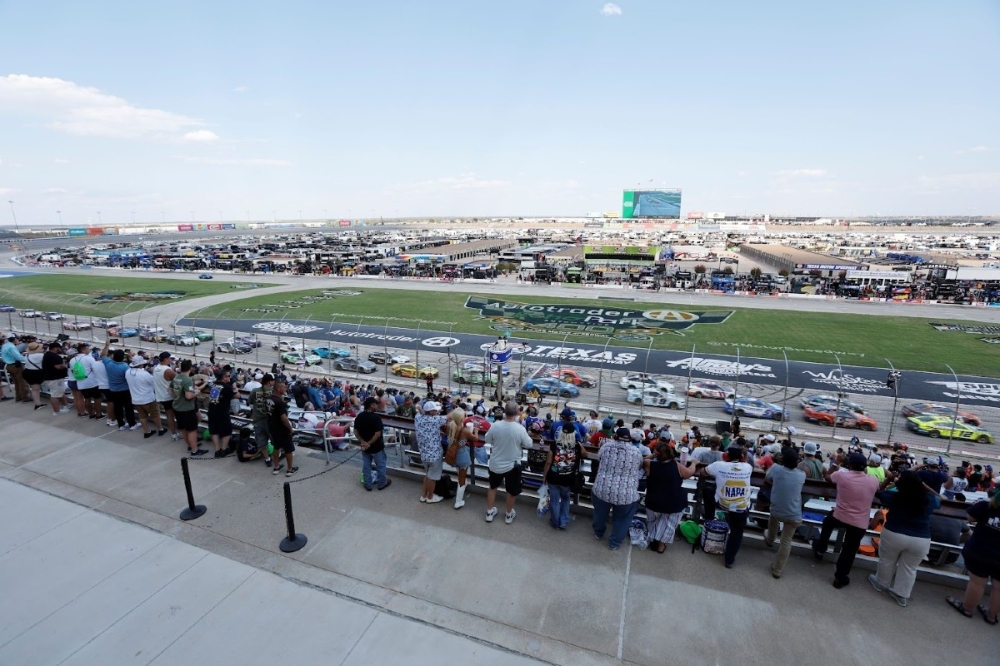A second economic driver for the city—just down I-35W from the racetrack—is outdoor store Cabela’s. The store is a tourism draw and is staffed by nearly 500 employees, per a company news release.
These venues have one thing in common—they were developed using tax increment financing, city documents show. Per the Texas comptroller website, this financing is an economic development tool that directs a portion of taxes collected in a specific area to pay for improvements in that area.
A closer look
Fort Worth has 11 tax increment financing districts, two of which are in northeast Fort Worth. According to city documents, district No. 2, which incorporates 1,490 acres, was created to develop Texas Motor Speedway and finance needed infrastructure within the district. It was created on Jan. 1, 1996, and will terminate on Dec. 31, 2035.
District No. 10 was created to finance needed infrastructure that supports the Cabela’s retail store. The 981-acre district was created June 15, 2004, and will terminate on Dec. 31, 2025.
“While it’s reasonable to expect that some type of development might have occurred, these two projects would not have occurred but for the support of tax increment financing,” said Andrea Duffie, communications coordinator with Fort Worth’s economic development department.
While the city of Roanoke has not yet used these districts, Keller used one to develop its Town Center project and is using a second one to incentivize development in 795 acres of property stretching along US 377.
The framework
When a district is created, the total value of existing real property inside it is identified as its base value. As the district begins to see investment and new development, that value begins to incrementally rise. The tax on the portion that rises is set aside to help finance public improvements within the district. They do not increase taxes on residents or businesses within its borders.
When a district is terminated, the new tax base will include the tax increment and be available to all applicable taxing entities.
While Fort Worth council member Alan Blaylock said he is aware of concerns about these districts leading to uneven growth, he said it ultimately comes down to how they’re used.
“There should be clear and strong economic value to any proposal that might consider utilizing tax increment financing,” Blaylock said.
Duffie said the Fort Worth districts were “pivotal in financing key project costs and infrastructure.”
Zooming out
Fort Worth’s tax increment financing district 2022-23 annual report states when district No. 2 was created in 1996, it was valued at just over $5 million. The value increased to just shy of $150 million by November 2023—a 30-fold increase. District No. 10’s value was worth approximately $16 million in June 2004 when it was created. By November 2023, that value rose to just over $140 million—almost nine times its original value.
Keller’s latest tax increment financing district was created in April 2021. It aims to fund projects along US 377 and will have roughly collected $365,000 at the end of fiscal year 2023-24, which is better than expected, officials said.
The impact
Keller documents state the taxable value added to the US 377 district could reach $430 million by its termination in 2051. Council is expected to have its next discussion about the district later this summer and may decide to pursue its first project at that time as part of the upcoming fiscal year, said Rachel Reynolds, Keller’s communication and public engagement manager.
Duffie said it’s important to note that specific districts are designed to accomplish different goals for different cities.
“In the case of both TIF No. 2 and TIF No. 10, those were set up to finance individual developments—which occurred during the early years of the TIF—so it’s not unusual for their values to level off after the development is complete,” Duffie said.

